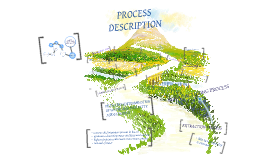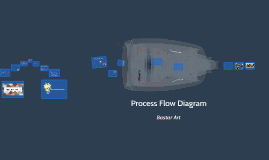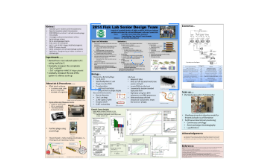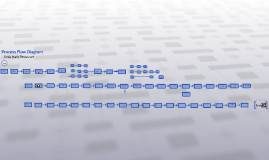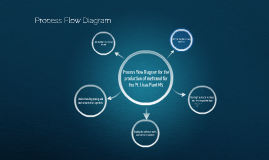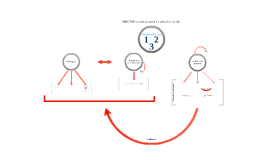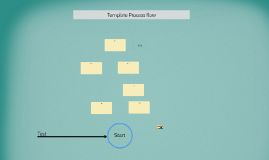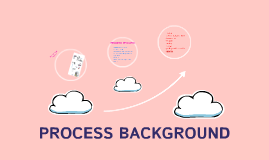Proposed process flow diagram
Transcript: [1] Willey, Joanne M., and Linda Sherwood. Prescott, Harley, and Klein's microbiology. 7th ed. New York: McGraw-Hill Higher Education, 2008. Print. [2] New England, Biolabs. "M13 Amplification." New England Biolabs. New England Biolabs, 1 Jan. 2014. Web. 23 Apr. 2014. <https://www.neb.com/protocols/1/01/01/m13-amplification>. [3] New England, Biolabs. Protein Tools: Ph.D. Phage Display Libraries Instruction Manual. Ipswich, MA: New England Biolabs Inc. Print. [4] Dong, D., S. Sutaria, J. Hwangbo, and P. Chen (2013) A simple and rapid method to isolate purer M13 phage by isoelectric precipitation. Applied microbiology and biotechnology. 97: 8023-8029. [5] Shuler, Michael L., and Fikret Kargi. Bioprocess Engineering: Basic Concepts. 2nd ed. Upper Saddle River, NJ: Prentice Hall, 2002. Print. [6] non-linear JMP http://www.jmp.com/support/help/Nonlinear_Platform_Options.shtml#198263 [7] Henry, M., and L. Debarbieux (2012) Tools from viruses: Bacteriophage successes and beyond. Virology. 434: 151-161. [8] Seider, Warren D. Product and Process Design Principles: Synthesis, Analysis, and Evaluation. Hoboken, NJ: John Wiley, 2009. Print. [9] Yang, Sung Ho, Woo-Jae Chung, Sean Mcfarland, and Seung-Wuk Lee. "Assembly of Bacteriophage into Functional Materials." The Chemical Record 13.1 (2013): 43-59. Print.






